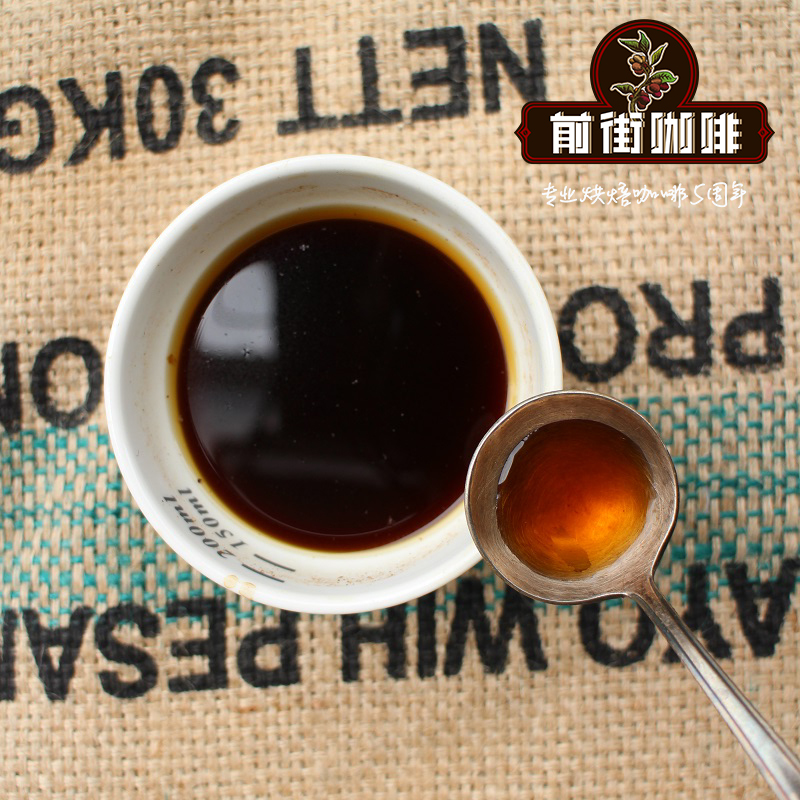Understand coffee roasting curve Coffee roasting degree explains several coffee roasting curves

Professional coffee knowledge exchange more coffee bean information please follow the coffee workshop (Wechat official account cafe_style)
In the coffee roasting world, the baking curve is a technical term for recording changes in the roasting process, understanding the water content of raw coffee beans, and carefully measuring the weight before and after baking. In addition to recording the production area and baking capacity, the weightlessness ratio should also be recorded after the baking is completed.
Adjust and record the dehydration status of coffee roasting in detail, how to use a few percent of the capacity of coffee roasting boiler, how to adjust the hot air exhaust throttle, whether coffee can be copied and roasted by the original curve, and what is the temperature recovery point of coffee.
When paying attention to the process of coffee change, the baker can use the above factors to judge and design the baking curve.
To put it simply: when the raw beans go directly into the roaster, how long will it take to warm up before the curve on the thermometer begins to climb up with a smile. When the coffee beans are dehydrated and turn orange, how long does it take to produce the first explosion, to reach the ideal color card, or to reach the baking level of the second explosion? The roaster needs to take how many baking samples to judge the time of the coffee.
No matter the new bean or the old bean, all have its unique baking curve, so we must accurately judge the bean and the time of the bean, and master the best flavor.
In the process of recording the baking curve, carefully blindly test each batch of baked beans, record them, and accurately grasp the key elements, you can easily grasp the taste of coffee beans! Remember that each batch of coffee beans has a different baking curve and roasting methods. The environmental factors of raw coffee beans in the producing areas will also affect the quality of raw coffee beans. The rainfall in the producing areas this year and last year, or the drying process of coffee before export, is also one of the keys.
High-altitude and ripe coffee beans usually last longer and have a longer life. Because of the high density of raw coffee beans, if the dry environment is good, the taste of the coffee itself will not change much.
Out-of-season coffee beans are not good, and old coffee is sometimes added to some coffee varieties. to put it simply, African coffee beans taste clean, bright and slightly thin when fresh. After being placed for a period of time, the volatile aroma of the coffee is thicker and sweeter.
Bake, cup test, bake, cup test! After continuous adjustment and tasting different coffee curves of roasted coffee, make the coffee taste better!
Use your senses: eyes, nose, ears, and mouth to really learn more about the characteristics of coffee. Grab the perfect baking curve.
Coffee roasting degree:
Shallow baking: full of aroma and strong acidity. Suitable for you with special needs
Medium roasting: retain most aromas with bright acidity; the shallowest roasting degree of coffee lovers
Micro-baking: the sweetness and softness of sour fruit
Medium and deep baking: mellow taste with caramel aroma
Deep baking: the taste is mellow and bitter comes from caramelization. Suitable for making lattes with milk and baking degree
Important Notice :
前街咖啡 FrontStreet Coffee has moved to new addredd:
FrontStreet Coffee Address: 315,Donghua East Road,GuangZhou
Tel:020 38364473
- Prev

Colombia coffee grade how to divide Colombia coffee beans grade characteristics taste description
Professional coffee knowledge exchange More coffee bean information Please pay attention to coffee workshop (Weixin Official Accounts cafe_style) Colombia coffee beans are very well known in the world, and the high-quality washed beans produced have always been representatives of high-quality coffee. Coffee beans exported from Colombia, checked for specific gravity and manually selected
- Next

Is it difficult to learn coffee roasting? What do you mean by coffee baking and baking?
Professional coffee knowledge exchange more coffee bean information please pay attention to the coffee workshop (Wechat official account cafe_style) raw beans refers to coffee, the main ingredients, protein, oligosaccharides, caffeine, chlorogenic acid, amino acids and other chemical changes caused by heat roasting, resulting in coffee beans very unique color, bitterness, rustic, sour and texture of these ingredients
Related
- Beginners will see the "Coffee pull flower" guide!
- What is the difference between ice blog purified milk and ordinary milk coffee?
- Why is the Philippines the largest producer of crops in Liberia?
- For coffee extraction, should the fine powder be retained?
- How does extracted espresso fill pressed powder? How much strength does it take to press the powder?
- How to make jasmine cold extract coffee? Is the jasmine + latte good?
- Will this little toy really make the coffee taste better? How does Lily Drip affect coffee extraction?
- Will the action of slapping the filter cup also affect coffee extraction?
- What's the difference between powder-to-water ratio and powder-to-liquid ratio?
- What is the Ethiopian local species? What does it have to do with Heirloom native species?

